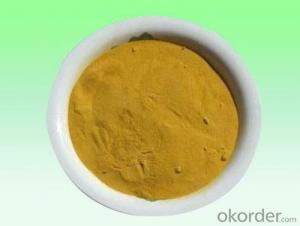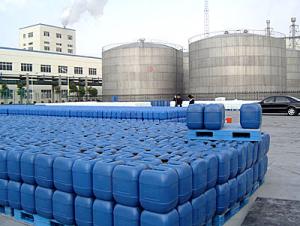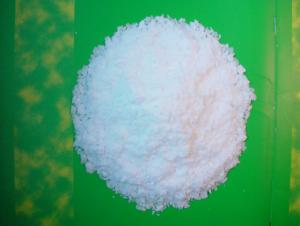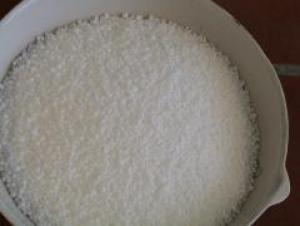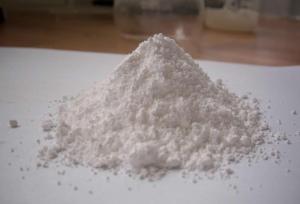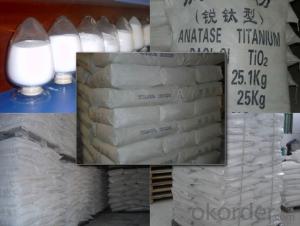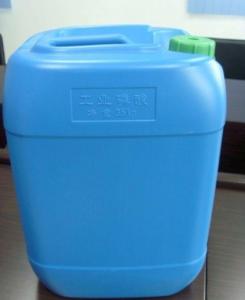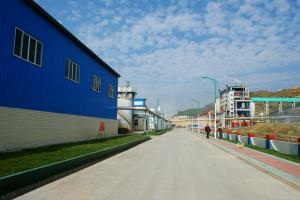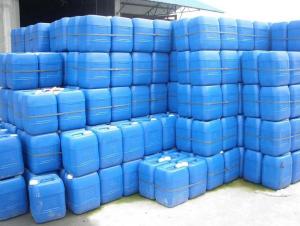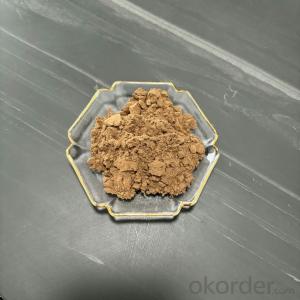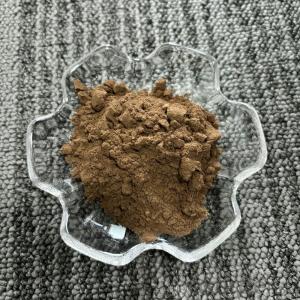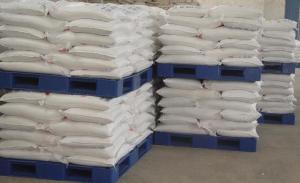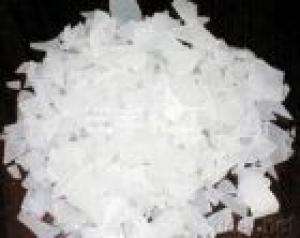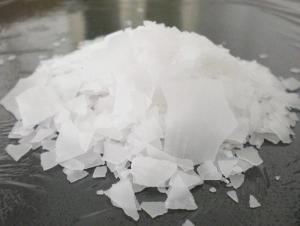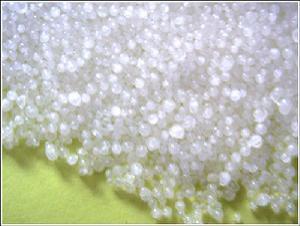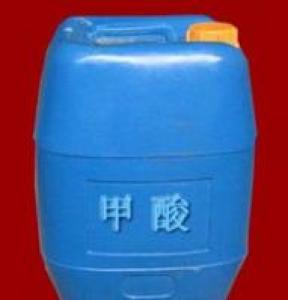LOW PRICE POLYFERRIC SULFATE
- Loading Port:
- China Main Port
- Payment Terms:
- TT OR LC
- Min Order Qty:
- -
- Supply Capability:
- -
OKorder Service Pledge
Quality Product, Order Online Tracking, Timely Delivery
OKorder Financial Service
Credit Rating, Credit Services, Credit Purchasing
You Might Also Like
Packaging & Delivery
| Packaging Detail: | packing:solid plastic woven bag, bag 25Kg. Net weight 200Kg plastic barrels of liquid |
| Delivery Detail: | PROMPT SHIPMENT |
Specifications
Polyferric sulfate
1. CAS No. 10028-22-5
2. Widely used in domestic water, industrial water, industrial wastewater
- Q:What is the important character of Chinese made alkali?
- In 1862, the Belgian people Solvay (Ernest Solvay 1838-1922) invented the salt, ammonia, carbon dioxide as raw material for the production of sodium carbonate "Solvay alkali method" (also known as the ammonia method). Since then, Britain, France, Germany, the United States and other countries have established a large-scale production of soda ash plant, and organized the Saul Wei Association, members of the country outside the implementation of technical blockade.
- Q:Salt is not a kind of inorganic salt
- Salt chemical name is called "sodium chloride", chemical symbol: NaCl
- Q:What is called transition metal oxide doping
- The so-called dopant oxide is doped with impurities in oxides, such as the incorporation of trivalent Al in ZnO, and the doping of oxides can affect and alter the original properties.
- Q:The effect of inorganic salt medium and the difference with enrichment medium
- The enrichment of nutrients is based on the basis of nutrition based on some kind of nutrient-rich substances for the target cells, the purpose is to increase the number of target cells, so that the formation of growth advantages, so as to achieve the purpose of separation, such as we have to be separated Pseudomonas aeruginosa, this bacteria particularly like blood, so you can add blood in the medium, so that the formation of growth advantages of this bacteria.
- Q:Want to cut the onion, but the eyes have been kept tears, very sour, how do?
- Put the onion put a refrigerator for a minute just fine, and do not shed tears in the cut
- Q:Now need to determine the freezing point of inorganic salt solution, what kind of freezing point instrument is more accurate?
- With antifreeze.
- Q:The difference between the ignition of inorganic salts and organic matter
- Sodium is the main ingredient of salt. China Nutrition Society recommended adults over the age of 18 sodium suitable for daily intake of 2.2 grams, the elderly should take light food. Sodium is commonly found in a variety of foods, the main source of sodium sodium, soy sauce, pickled food, smoked food, salty food.
- Q:Are plants absorbing water and inorganic salts only through root tip or wrong? The
- Plants through the leaves can also absorb water and inorganic salts, but the root tip is the main part of the plant to absorb water and inorganic salts.
- Q:What is the use of inorganic salts in plants? How is it discharged
- Nitrogen is the constituent of chlorophyll, chlorophyll a and chlorophyll are all nitrogen compounds. Green plants for photosynthesis, so that light energy into chemical energy, the inorganic (carbon dioxide and water) into organic matter (glucose) is the role of chlorophyll. Glucose is the raw material for the synthesis of various organic substances in plants, and chlorophyll is the factory for the manufacture of "grain" for plant leaves. Nitrogen is also an integral part of vitamins and energy systems in plants. The transpiration of plants, taken away by water, is similar to human sweating
- Q:General identification method of inorganic salts
- Take platinum wire, with hydrochloric acid wet, dipped in the test sample, burning in the colorless flame, the flame that was purple. But a small amount of sodium mixed, must be separated from the blue glass perspective can be identified. 2K ++ [PtCI6] 2- → K2PtCI6
1. Manufacturer Overview |
|
|---|---|
| Location | |
| Year Established | |
| Annual Output Value | |
| Main Markets | |
| Company Certifications | |
2. Manufacturer Certificates |
|
|---|---|
| a) Certification Name | |
| Range | |
| Reference | |
| Validity Period | |
3. Manufacturer Capability |
|
|---|---|
| a)Trade Capacity | |
| Nearest Port | |
| Export Percentage | |
| No.of Employees in Trade Department | |
| Language Spoken: | |
| b)Factory Information | |
| Factory Size: | |
| No. of Production Lines | |
| Contract Manufacturing | |
| Product Price Range | |
Send your message to us
LOW PRICE POLYFERRIC SULFATE
- Loading Port:
- China Main Port
- Payment Terms:
- TT OR LC
- Min Order Qty:
- -
- Supply Capability:
- -
OKorder Service Pledge
Quality Product, Order Online Tracking, Timely Delivery
OKorder Financial Service
Credit Rating, Credit Services, Credit Purchasing
Similar products
New products
Hot products
